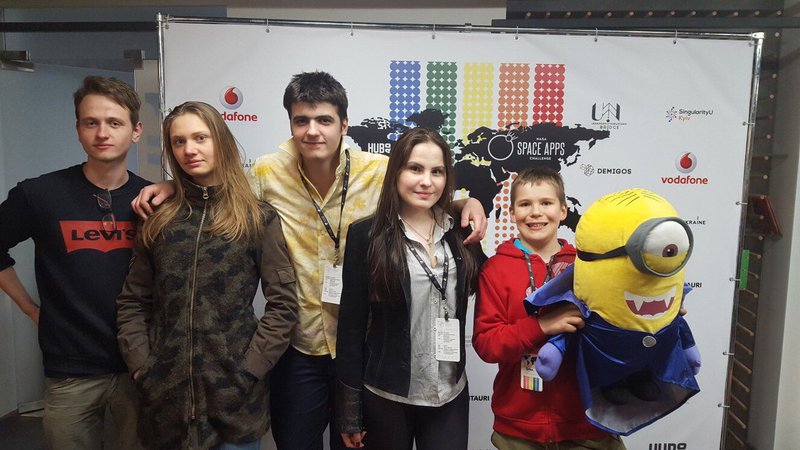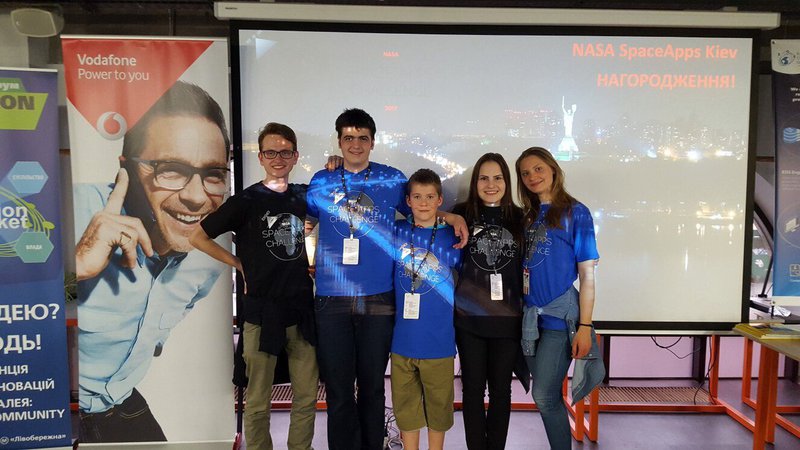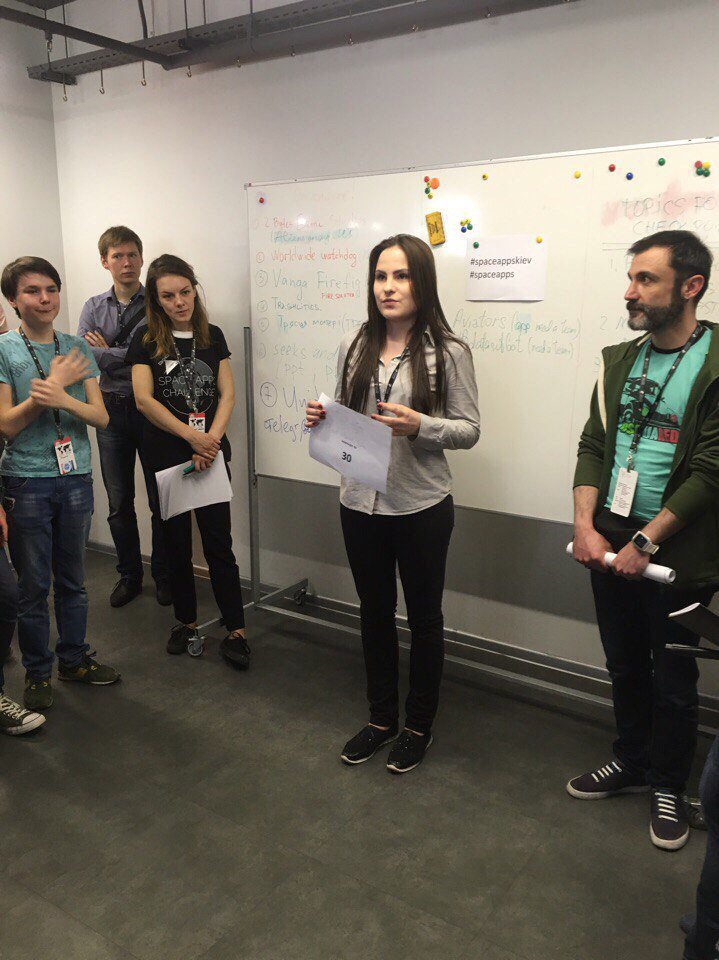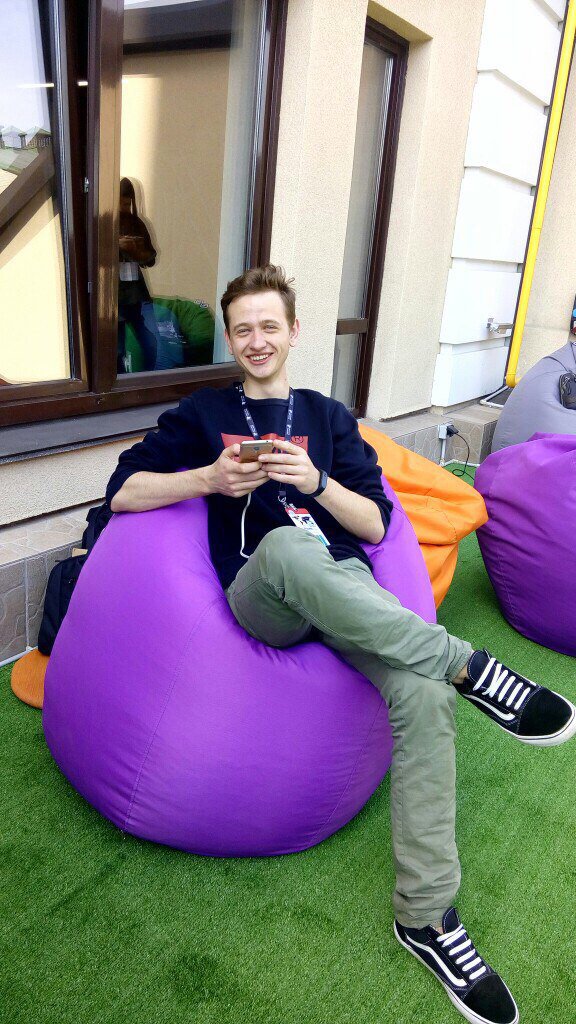PPL(Pixel Planet Life) | Our Planet, Our Home
Team Updates
THE CHALLENGE
Compare NASA Earth science data with data about people and tell your own story of human-environment interactions!
Everything is changing ... Life makes more and more iterations in a space-time continuum. Life does not have the "Backspace" button. The evaluation of the present is conducted through a comparison with the results, which were obtained in the past.
People, like pixels on the map, are particles in this complex mechanism of life. Each person is unique, but you can realize it only by uniting everyone.
The main questions: Is it possible to apply the "merge[people]" command to a person? And How can we assess the quality of life?
We have realized that we can achieve it only by merging two Sustainable Development Goals: 9 (Industry, Innovation and Infrastructure) and 15 (Life on Land). The problem was that they exclude each other.
Modern computing technologies and the power of human thought are unquestionably capable to solve the problem. If not now, when? If not we, who? PPL can help you find uniqueness!
OUR SOLUTION
Create a universal indicator which allows to assess the dynamics of changes in the quality of life. It’s our own Quality of life Index. The indicator is based on:
- Fuzzy logic
- Machine learning
- Big data
Also we used the Google Earth Engine platform, which allows building maps based on geospatial data already present in it, and Quantum GIS (where all indexes were calculated and classification was done).
All stages of project development were visualized in website, with accessible to the average user.
The Quality of life Index was calculated on the basis of five indices:
- Population
- Quality of roads
- Vegetation of cropland
- Forest\deforestation
- Air pollution
HOW DOES IT WORK?
Step 1. Connecting to our website
Step 2. Selection category of interest for a specific territory for the desired time period
Step 3. Getting a visual map with all information, which a user looks for
Step 4. Keep calm and change the world with us
For example, on the picture in our presentation you can see the Quality of life Index map of Ukraine in 2010. The average value of the index is 0.632 (1 – all is OK, 0 – catastrophe). As you can see, the indexes in different areas aren't the same. Some regions lie in the red zone, which means a poor quality of life.
Now we provide information only about Ukraine, but in the future we will be able to show the dynamics of changes around the world.
Future of our project is in expanding the analyzed territory, increasing the accuracy class of the created maps by means of developing new classification methods, creating a full-fledged application, which will be affordable and optimal for ordinary users, increasing interest and demand.
The Quality of life Index allows to see the destructive tendency of human activity and, perhaps, to prevent an ecological and socio-economic catastrophe, which can occur in the nearest future. The day when our development will be useful to you, is coming. Maybe it can happen very soon.
OUR TEAM:
Olesya Stolova - student of National Technical University of Ukraine "Igor Sikorsky Kyiv Polytechnic Institute", department of applied mathematics. Team-lead, assisted in development and presentation.
Meretskiy Nikolay - student of National Technical University of Ukraine "Igor Sikorsky Kyiv Polytechnic Institute", department of applied physics. Programmer and Web Designer.
Shumilo Leonid - student of National Technical University of Ukraine "Igor Sikorsky Kyiv Polytechnic Institute", department of applied mathematics. Programmer, made computer calculations.
Artem Shelestov - lyceum student, our idea maker.
Krishtal Anna - student of National Technical University of Ukraine "Igor Sikorsky Kyiv Polytechnic Institute", department of applied physics. Analyst and assisted in presentation.
RESOURCES
http://sedac.ciesin.columbia.edu/data/collection/gpw-v3
https://worldview.earthdata.nasa.gov
PPL Facebook account: https://www.facebook.com/PixelPlanetLife/?hc_ref=PAGES_TIMELINE&fref=nf
Our project: https://pixelplanetlife.github.io/
PPL CAN HELP YOU!




We glad to share our product with you on the own web service. Follow the link https://pixelplanetlife.github.io/
SpaceApps is a NASA incubator innovation program.